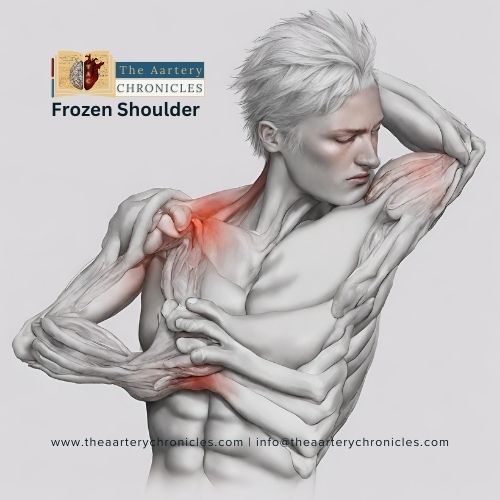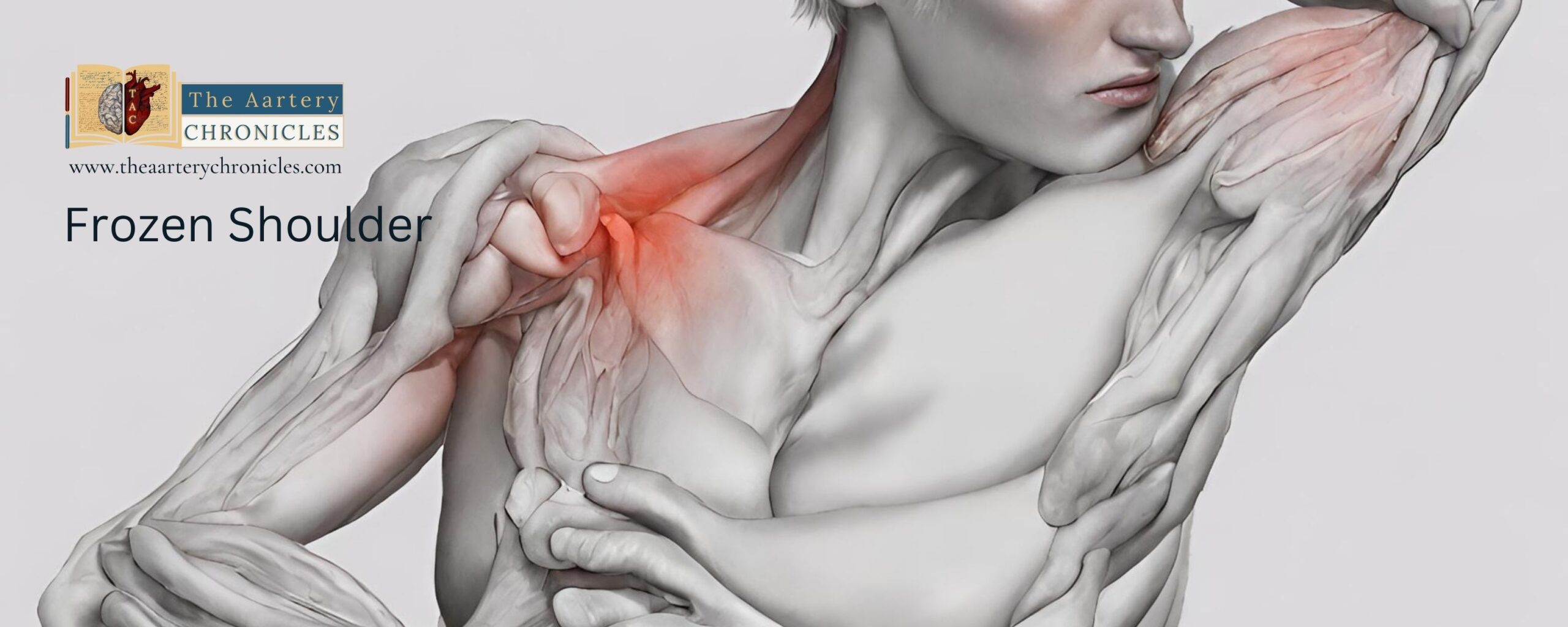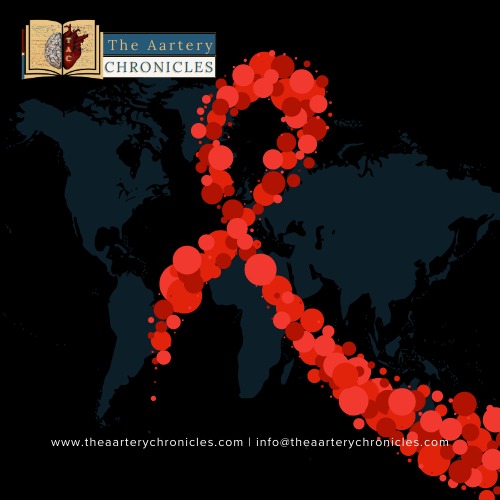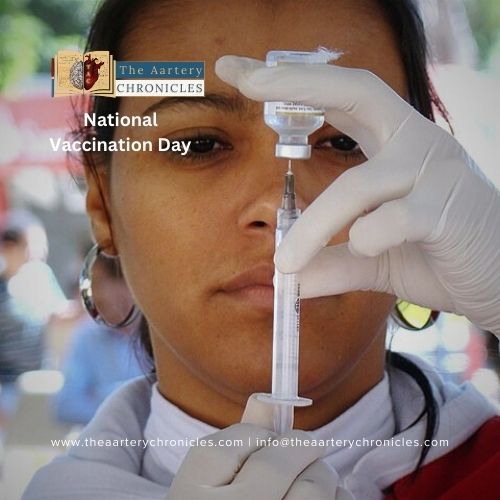

Frozen Shoulder: Recognizing Symptoms and Effective Solutions
What is a frozen shoulder?
Frozen shoulder, also known as adhesive capsulitis (AC), is a common, painful musculoskeletal condition that restricts the movement of the shoulders. It is an insidious inflammatory ailment that makes the shoulder joint stiff and inextensible. [1]
Let’s explore the stages, symptoms, treatments, and insights to break free from the icy grip of a frozen shoulder through this article.
The shoulder joint is encased in a capsule of connective tissue, also known as the shoulder joint capsule or glenohumeral joint capsule. Frozen shoulder (FS) occurs due to fibrous inflammatory contracture of the capsule, which subsequently results in pain and stiffness of the shoulder joint and limited mobility of the shoulder. [2]
Did you know that Adhesive capsulitis of the shoulder affects approximately 3% to 5% of the general population? However, prevalence was found to be around 10% to 20% in patients with diabetes. Most individuals receive a diagnosis between the ages of 40 and 60, although there is evidence indicating that it may also occur in later stages of life.
What are the Causes and risk factors of frozen shoulder?
Although the exact cause and aetiology of this condition are unknown, some plausible factors that increase the risk of developing a frozen shoulder are:
Age and Gender: Women between 40 to 60 years of age have a higher risk of developing a frozen shoulder compared to men.
Diabetes: About 10-20% of people with diabetes mellitus are at risk of developing a frozen shoulder.
Reduced shoulder mobility or immobility for an extended time: The restricted movement of the shoulder can result from many factors such as [3]
- Rotary cuff injury caused by wear and tear of muscles and tendons in the shoulder)
- Fracture of the upper arm, neck, collarbone and shoulder blade that requires the shoulder to be kept still
- Stroke
Other health conditions and systemic diseases: Some other health conditions and systemic diseases that increase the risk of developing a frozen shoulder include: [4]
- Dupuytren’s syndrome
- Thyroid disease (hypothyroidism and hyperthyroidism)
- Nephrolithiasis
- Parkinson’s disease
- Cancer
- Chronic regional pain syndrome
- Heart disease

What are the Symptoms of a Frozen Shoulder?
The symptoms of a frozen shoulder correspond to different stages as it progresses slowly. The changes in pain levels, stiffness, and mobility vary throughout the different phases:
- Painful stage: The condition starts with a painful stage, which is characterized by moderate pain and progressive restriction in mobility. This stage lasts for less than 3 months.
- Freezing stage: The painful stage is followed by the freezing stage, which lasts for a duration of 3-9 months, wherein the condition worsens due to increasing pain and stiffness of the shoulder and subsequently, restriction in mobility also increases.
- Frozen stage: Although the pain is present, the severity of the pain reduces as compared to the freezing stage, and the pain is predominated by stiffness and limited joint mobility. This stage lasts from 10-14 months.
- Thawing stage: In this stage, significant resolution of symptoms is seen, wherein the pain lessens to a very minimal amount as well and the ability to move the shoulder gradually increases. This stage lasts up to 2 years and is also known as the recovery stage, as the shoulder regains normal mobility with time. [5]
Management and Treatment for Frozen Shoulder
The diagnosis is confirmed through a comprehensive review of medical history, symptomatic evaluation, and a physical examination to assess the range of motion. Despite a lot of research and studies that have been conducted on frozen shoulder, there has been no consistent consensus about the cure for frozen shoulder. However, the condition of a frozen shoulder is fairly treatable. The main goal of the treatment is reversal of the symptoms brought on by the condition, that is, to decrease the pain, improve the mobility of the shoulder, and prevent further stiffness of the joint. The majority of frozen shoulder treatment options involve non-surgical interventions like physical therapy and pharmacological management.

Non-Surgical Interventions for Frozen Shoulder:
- Physiotherapy/Home Exercises for Frozen Shoulder- Most of the patients are usually advised physiotherapy before proceeding with an operative procedure. Physiotherapy is considered the first line of treatment for frozen shoulder, focusing on passive mobilization and capsular stretching of joints.
Some of the most common frozen shoulder exercises include:
- Towel stretches: This exercise involves using a towel to stretch the shoulder joint, enhancing flexibility and reducing stiffness.
- Pendulum exercise: A gentle swinging motion of the arm to promote mobility and relieve tension in the shoulder.
- Climbing a wall: Simulating a climbing motion against a wall helps improve the range of motion and flexibility in the shoulder joint. [6]
The key to physiotherapy is consistency. One needs to be consistent with their physiotherapy sessions and keep up with the exercise regime regularly in order to see improvement in the condition. [1]
- Hot and Cold Compress: Hot and cold compress is one of the most common frozen shoulder home remedies. It helps with alleviating pain and swelling in the shoulder. [7]
- Pharmacological Intervention: The doctor may prescribe medications that help reduce pain and swelling, like NSAIDs, acetaminophen for short-term relief, or opioid analgesics in cases of severe pain. [2]
- Transcutaneous electrical nerve stimulation (TENS: It is a device which helps relieve pain by delivering current to nerves to block nerve impulses. [2]
- Steroid Injection: Intra-articular corticosteroid injection is considered in patients with severe pain and swelling. [2]
- Cryotherapy: Whole-body cryotherapy is one of the very popular methods to help improve the condition of a frozen shoulder, which involves short-term exposure of the body to very cold temperatures. The cold helps reduce inflammation around the shoulder joints, which alleviates pain and other symptoms related to the condition. [9]
- Therapeutic Ultrasound: Therapeutic ultrasound is a deep heat treatment modality wherein heat provided to the affected area increases the temperature. This rise in temperature promotes local blood flow, contributing to improvements in stiffness and range of motion in the shoulder joint. [8]
Surgical Interventions for Frozen Shoulder:
If the patient remains unresponsive to the non-surgical treatment methods and no improvement is noticed after a one-year trial, then surgical interventions are employed. Some of the surgical methods for frozen shoulder treatment are:
- Manipulation under anaesthesia: In this method, the doctor administers general anaesthesia to render the patient unconscious. Subsequently, they gradually and gently stretch the shoulder joint capsule, loosening tightness around the joints and facilitating shoulder mobility. [1]
- Arthroscopic capsular release: In this method, the doctor administers general anaesthesia, followed by cutting through the tight parts of the capsular tissue that encloses the shoulder joint. This procedure results in capsular release, allowing for free movement of the shoulder. [1]
- Frozen shoulder: A systematic review of therapeutic options - PMC (nih.gov)
- Frozen Shoulder - StatPearls - NCBI Bookshelf (nih.gov)
- Frozen shoulder - Symptoms and causes - Mayo Clinic
- A Comprehensive View of Frozen Shoulder: A Mystery Syndrome - PMC (nih.gov)
- Frozen shoulder: overview of clinical presentation and review of the current evidence base for management strategies - PMC (nih.gov)
- 3 Frozen Shoulder Exercises to Relieve Pain – Cleveland Clinic
- Frozen Shoulder (Adhesive Capsulitis): Signs, Diagnosis & Treatment (clevelandclinic.org)
- The Effectiveness of Ultrasound Deep Heat Therapy for Adhesive Capsulitis: A Systematic Review and Meta-Analysis - PMC (nih.gov)
- https://pubmed.ncbi.nlm.nih.gov/22850489/

Dr. Anjali Singh, BDS [KGMC, Lucknow]
Reviewed By Dr. Aarti Nehra, MBBS,MMST
- Medicine
- Nutrition And Diet
Lorem ipsum dolor sit amet, consectetur adipiscing elit. Ut elit tellus, luctus nec ullamcorper mattis, pulvinar dapibus leo.












